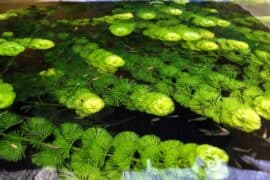Spurious Iris
(Iris spuria)

Description
Iris spuria is a species of the genus Iris, part of the subgenus Limniris and the series Spuriae. It is a rhizomatous perennial plant, from Europe, Asia and Africa. It has purple or lilac flowers, and slender, elongated leaves. It is widely cultivated as an ornamental plant in temperate regions and hybridized for use in the garden. It has several subspecies; Iris spuria subsp. carthaliniae (Achv. & Mirzoeva) B.Mathew, Iris spuria subsp. demetrii (Achv. & Mirzoeva) B.Mathew, Iris spuria subsp. maritima (Dykes) P.Fourn. and Iris spuria subsp. musulmanica (Fomin) Takht. It used to have 3 other subspecies, which have now been re-classified as separate species; Iris spuria subsp. halophila (now Iris halophila), Iris spuria ssp. sogdiana (now Iris halophile subsp. sogdiana) and Iris spuria subsp. notha (now Iris notha). It has many common names including 'blue iris', 'spurious iris' and 'bastard iris'. It has a thin, slender rhizome, that is about 2 cm in diameter, fibrous and has a creeping habit. Under the rhizome are wiry roots. The creeping habit creates compact clumps of plants. They can reach over 90 cm (35 in) wide. It has erect, slender, sword-shaped, acuminate (ending in a point), glaucous green to blue green basal leaves. They can grow up to between 25–90 cm (10–35 in) long and 5–12 mm wide. They are normally nearly as long as the flowering stem. After the plant has flowered and set seed, the leaves die in the late summer. It has a strong, erect, round stem, that can reach up to between 50–80 cm (20–31 in) long. The stem has 1 or 2 lateral, upright branches, or pedicels, which are about 2 cm long. The stem also has keeled, lanceolate, green, spathes (leaves of the flower bud) (or bracts). These are 40–80 cm (16–31 in) long, and have a membranous tip. The upper cauline (on stem) leaves are shorter than internodes.
Taxonomic tree:







